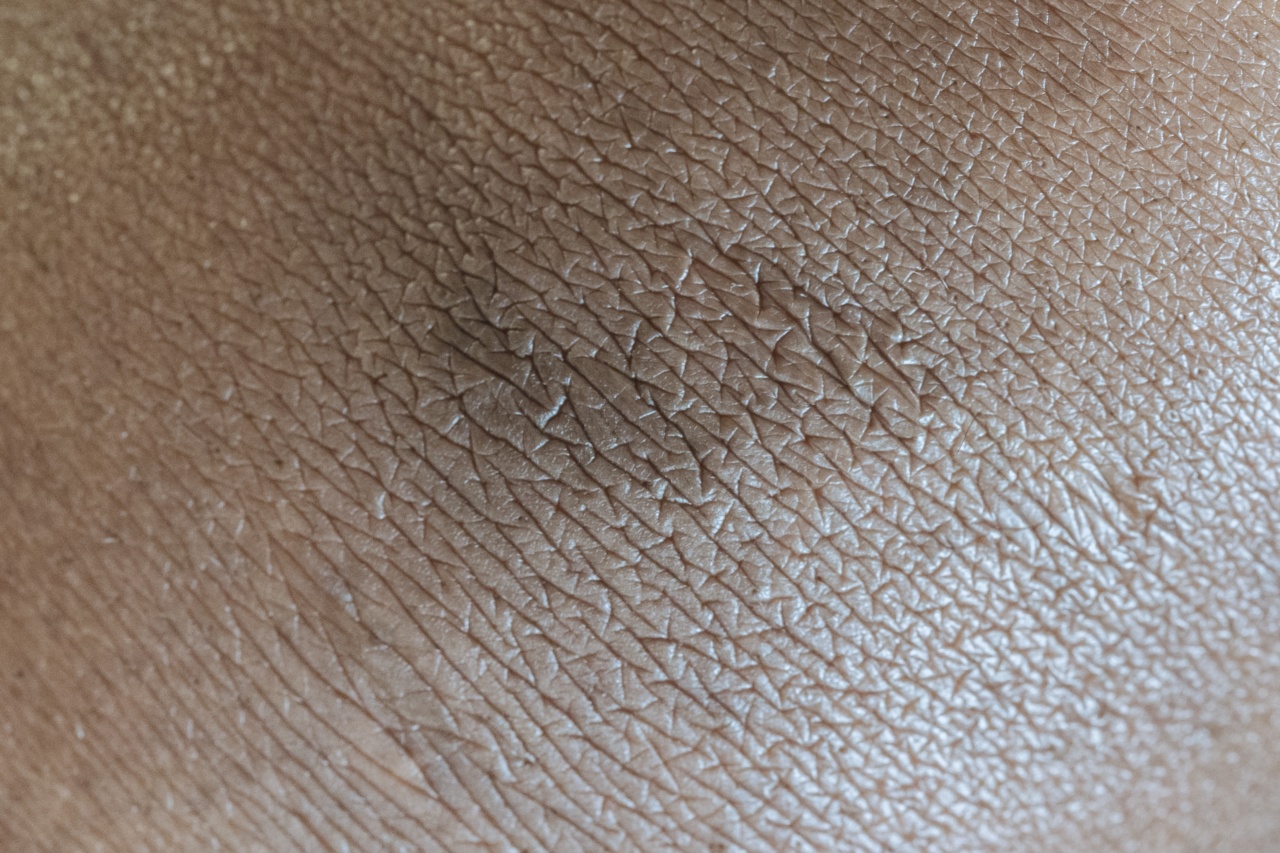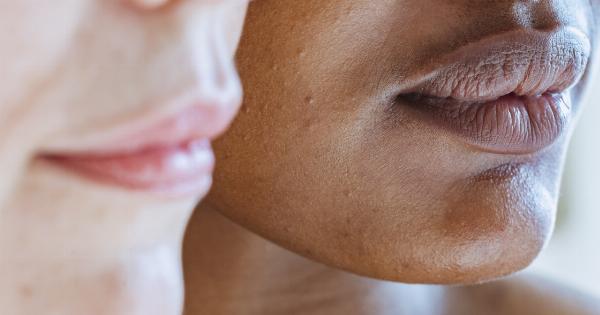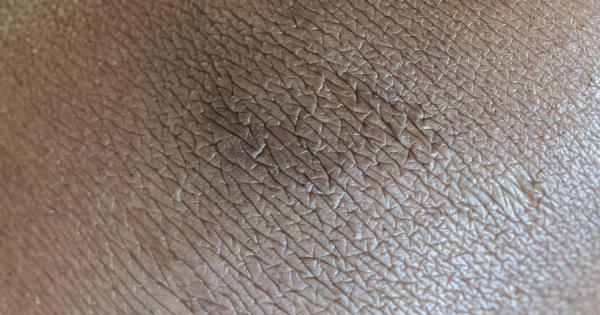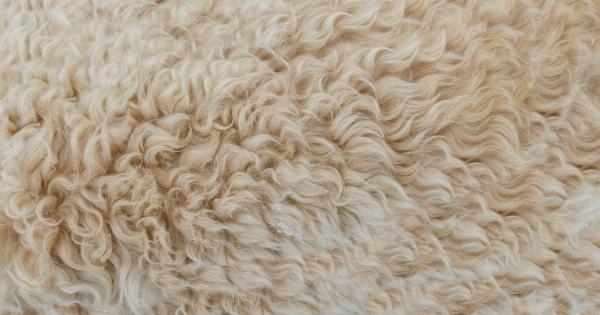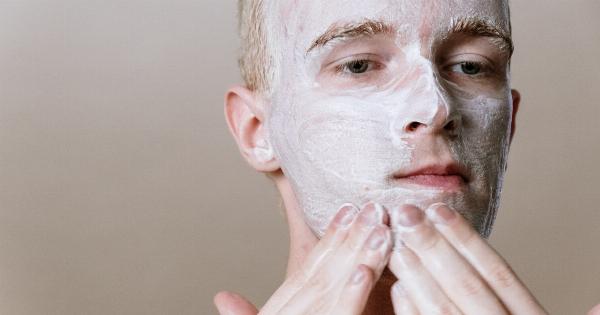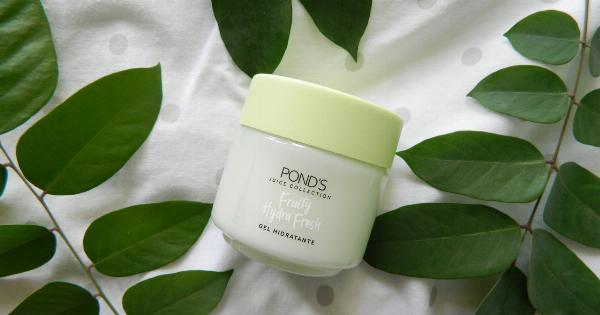Exfoliation is a vital step in any skincare routine that helps to remove dead skin cells, unclog pores, and reveal a fresh, radiant complexion.
Regular exfoliation not only improves the texture and tone of the skin but also promotes better absorption of skincare products. If you want to achieve silky smooth skin, incorporating exfoliation into your skincare regimen is key.
In this article, we will discuss the benefits of regular exfoliation, different exfoliation methods, and some tips for incorporating exfoliation into your skincare routine.
Benefits of Regular Exfoliation
There are numerous benefits of regular exfoliation that can transform your skin and give it a silky smooth texture. Let’s take a closer look at some of these benefits:.
1. Removal of Dead Skin Cells
Exfoliation helps to slough away dead skin cells that accumulate on the surface of the skin. These dead cells can make your skin look dull, rough, and uneven. By removing this buildup, you instantly reveal a brighter and more youthful complexion.
2. Smoother Texture
Regular exfoliation promotes cell turnover, resulting in a smoother skin texture. It helps to diminish the appearance of rough patches, acne scars, and fine lines. With continued exfoliation, your skin becomes noticeably smoother and softer to the touch.
3. Unclogs Pores
Exfoliation is a great way to unclog pores and prevent breakouts. It removes dirt, oil, and other impurities that can lead to acne and blackheads. By keeping your pores clean and clear, you can achieve a clearer complexion.
4. Enhances Skincare Product Absorption
When you exfoliate your skin, you remove the barriers that prevent skincare products from penetrating deeply into the skin.
This allows the active ingredients in your serums, moisturizers, and treatments to work more effectively, providing maximum results.
Methods of Exfoliation
There are different methods of exfoliation, each catering to different skin types and preferences. Here are some popular methods:.
1. Physical Exfoliation
Physical exfoliation involves the use of abrasive particles or tools to physically scrub away dead skin cells. This can be done through scrubs, brushes, or exfoliating gloves.
It is important to choose gentle exfoliants and avoid harsh scrubbing, especially if you have sensitive skin.
2. Chemical Exfoliation
Chemical exfoliation involves the use of acids or enzymes to dissolve dead skin cells. This method is gentler and more suitable for sensitive skin. Alpha hydroxy acids (AHAs) and beta hydroxy acids (BHAs) are commonly used in chemical exfoliants.
AHAs, such as glycolic acid and lactic acid, work on the surface of the skin, while BHAs, like salicylic acid, penetrate deeper into the pores.
3. Enzyme Exfoliation
Enzyme exfoliation utilizes enzymes derived from fruits, such as papaya and pineapple, to break down and remove dead skin cells. This method is gentle yet effective, making it suitable for all skin types, including sensitive skin.
Tips for Incorporating Exfoliation into Your Skincare Routine
1. Determine the frequency: The frequency of exfoliation depends on your skin type. While some may only need to exfoliate once or twice a week, others may benefit from more frequent exfoliation.
Pay attention to how your skin responds and adjust accordingly.
2. Start with a patch test: Before using a new exfoliating product, it is important to perform a patch test to check for any adverse reactions or sensitivities.
Apply a small amount of the product on a small area of your skin and wait for 24 hours to see if there are any negative effects.
3. Be gentle: Whether you choose physical or chemical exfoliation, it is essential to be gentle with your skin. Avoid harsh scrubbing or over-exfoliating, as it can irritate the skin and cause redness or inflammation.
4. Moisturize adequately: After exfoliating, it is crucial to moisturize your skin to replenish moisture and prevent dryness.
Look for a hydrating moisturizer that suits your skin type and apply it while your skin is still slightly damp to lock in the moisture.
5. Protect your skin: Exfoliation can make your skin more sensitive to the sun, so it is important to always wear sunscreen during the day.
Choose a broad-spectrum sunscreen with at least SPF 30 and reapply it every two hours if you are spending time outdoors.
Conclusion
Regular exfoliation is a game-changer when it comes to achieving silky smooth skin. By incorporating exfoliation into your skincare routine, you can enjoy the benefits of improved texture, unclogged pores, and better absorption of skincare products.
Whether you choose physical or chemical exfoliation, always remember to be gentle with your skin and moisturize adequately. With consistent exfoliation, you’ll be able to reveal a youthful, radiant complexion that feels as silky as it looks.
